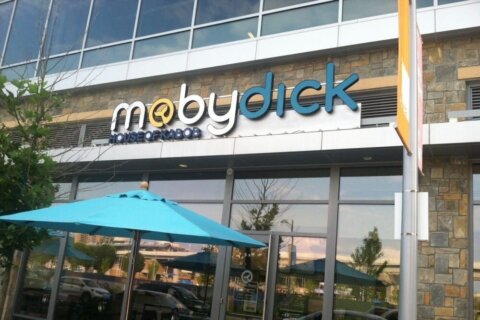This video is no longer available.
All throughout May, WTOP is celebrating Asian American and Pacific Islander Heritage Month with stories about the people and places shaping the D.C. region.
Sahil Rahman was the only Indian child on his soccer team growing up, and there were a lot of other kids who were part of the carpool group.
Whenever it was his mom’s turn to take the group home, several of his teammates would start chanting the names of Indian dishes from the back seat. It was a sign that they wanted to stop at Bombay Bistro, a Rockville, Maryland, restaurant that Rahman’s father helped open.
His mom was adamant that they had to be driven home, but it led Rahman to realize that once other people are exposed to the richness and spices of Indian food, they’re hooked.
Growing up in the D.C. area, Rahman and Rahul Vinod had the idea to open an Indian fast-casual restaurant. But both pursued more traditional corporate jobs, which they ultimately left in 2014.
They cofounded a fast-casual concept, Rasa, that now has five locations, and is making Indian food more accessible by serving it quickly in a bowl.
“That’s really our whole vision with Rasa. It’s to take the magic of Indian culture and cuisine and use it as a vehicle to kind of open hearts and minds,” Rahman said.
Both of their fathers have backgrounds in hotel management in India, but when Rahman and Vinod were young, they watched as their families opened Bombay Bistro. When their dads arrived in the U.S. in 1985, there were only about five Indian restaurants in the D.C. area, and they were almost exclusively located in downtown D.C.
After Bombay Bistro opened, Rahman and Vinod spent their childhoods and young adult lives introducing friends, colleagues and teammates to Indian culture.
“Food brings people together,” Surfy Rahman, Sahil’s father and business partner, said. “Once you break bread together, it just removes a lot of barriers. So, if collectively, Indian restaurants are able to give good food, good service and good vibes, chances are people are going to come back to it.”
Still, their dads were initially apprehensive upon learning about the possibility of them quitting their jobs to open a restaurant. There are many things that can go wrong they feared, and even with hard work and good intentions, success is far from guaranteed, they said.
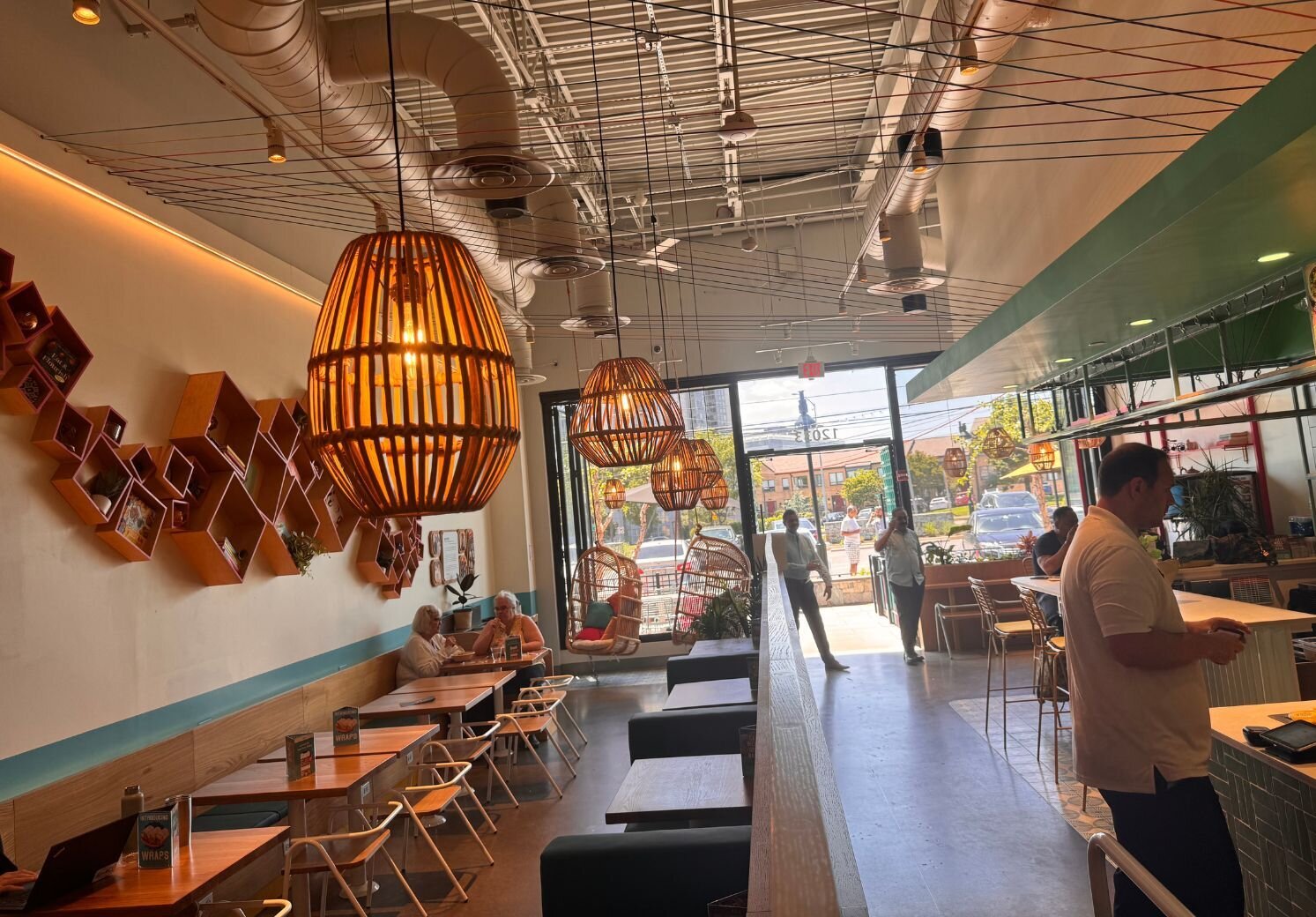
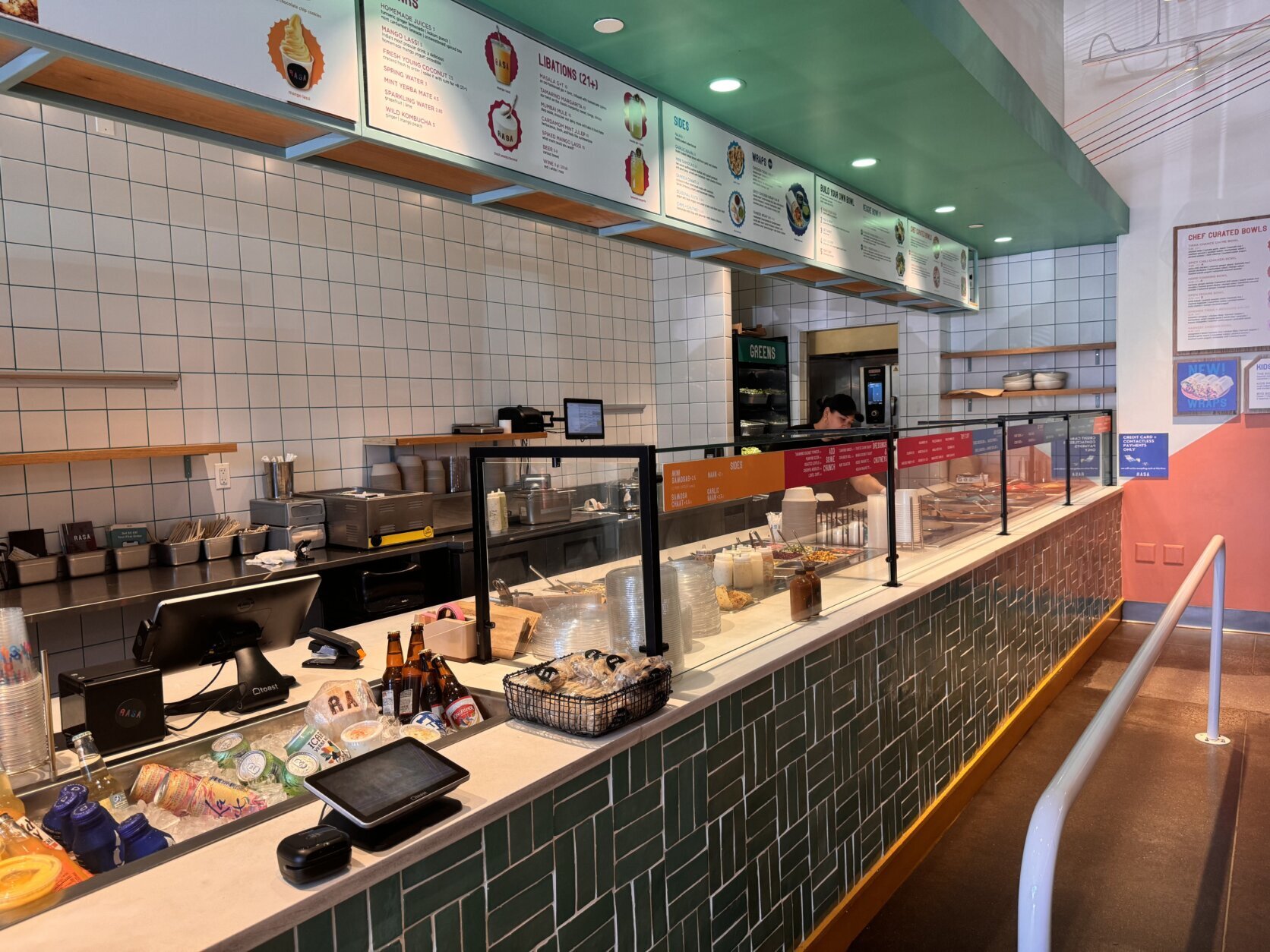
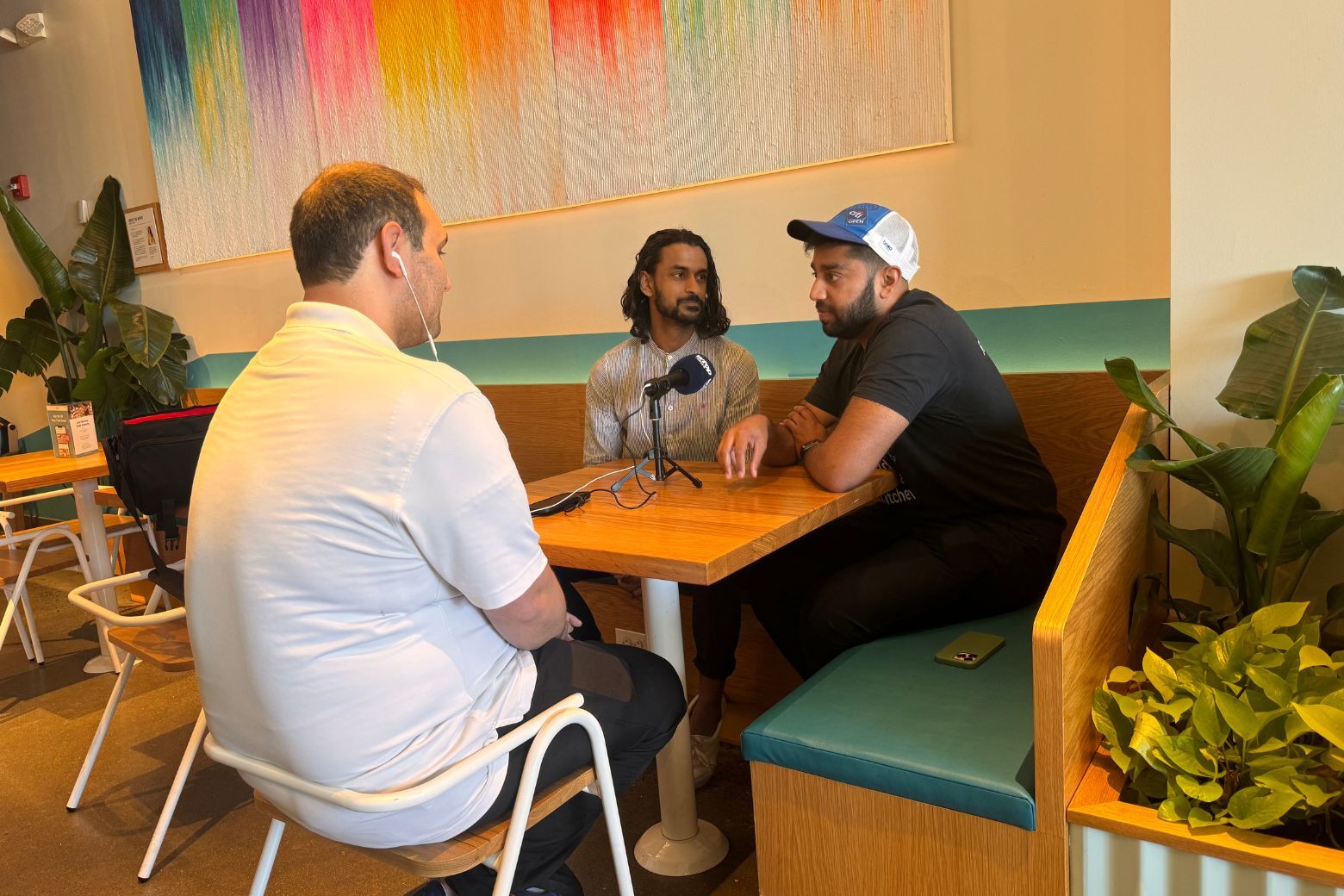
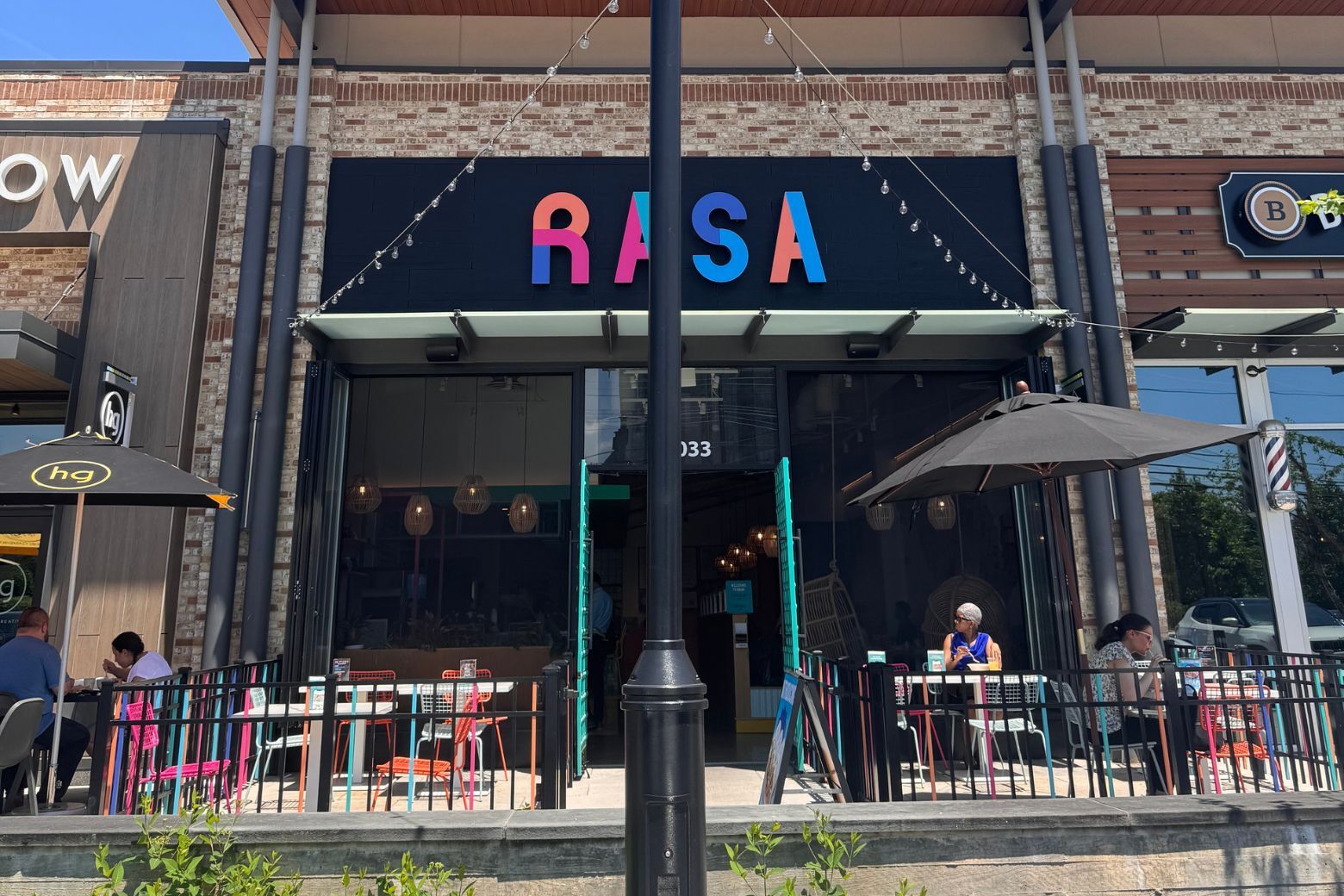
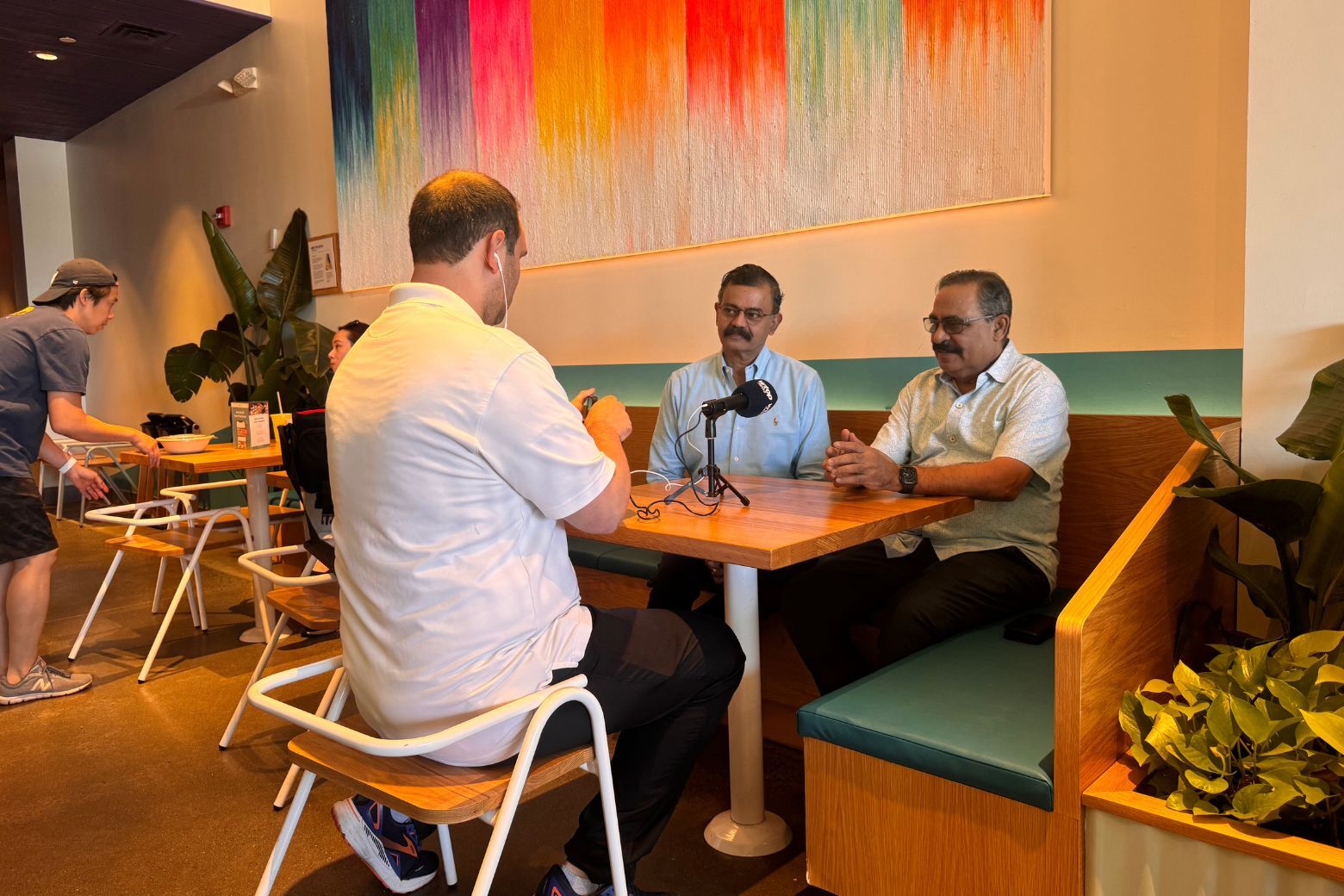
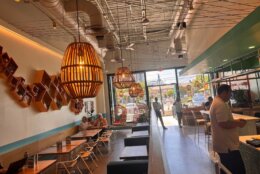
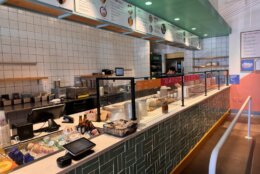
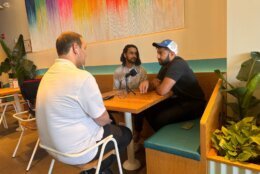
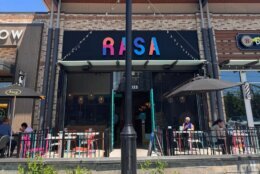
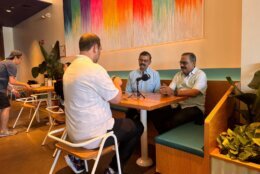
Rahman and Vinod quit their New York jobs in 2014 and opened the first Rasa location in Navy Yard three years later. When it first opened, their dads were in the kitchen with them until 3 or 4 a.m., and they’d sleep on couches in their D.C. apartments so they could return at 8 a.m.
Their dads are still involved, too, helping to craft new menu items and test ideas.
Many of the Indian restaurants in the D.C. region are more traditional, Rahman and Vinod said. There were paintings on the wall, and the menu had hundreds of items that most guests wouldn’t be familiar with.
“You either had to go with your Indian friend, or you order the three things which you knew, which were garlic naan, butter chicken and saag paneer,” Vinod said.
Indian restaurants are evolving, Rahman said, to reflect dishes from different regions of the country. People are eating it and enjoying it, but the two observed that most people don’t eat it that often.
“They were in random shopping centers, and they’d walk in, it’s very confusing, you’re overwhelmed,” Rahman said. “You feel like it might be heavy, and might not be cheap. And at the end of it, it’s not a very quick experience either.”
Their approach to dining is aiming to change that.
When Rasa first opened, many questioned whether it was just a restaurant for Indian Americans, Rahman said. But many of their customers are people who had never tried Indian food before and are becoming regulars.
“We want Rasa to be a place where when you walk in, you feel happier,” Rahman said. “There’s beautiful colors, there are fragrant smells, there’s all of this excitement and joy we want to convey through our food and through our spaces. When people come in, we want them to feel welcome and we want them to feel curious.”
Food, Rahman said, is the ultimate gateway to culture.
“It’s much easier to try an $11 bowl at Rasa than it is to spend 11 days in India,” he said.
Get breaking news and daily headlines delivered to your email inbox by signing up here.
© 2024 WTOP. All Rights Reserved. This website is not intended for users located within the European Economic Area.




